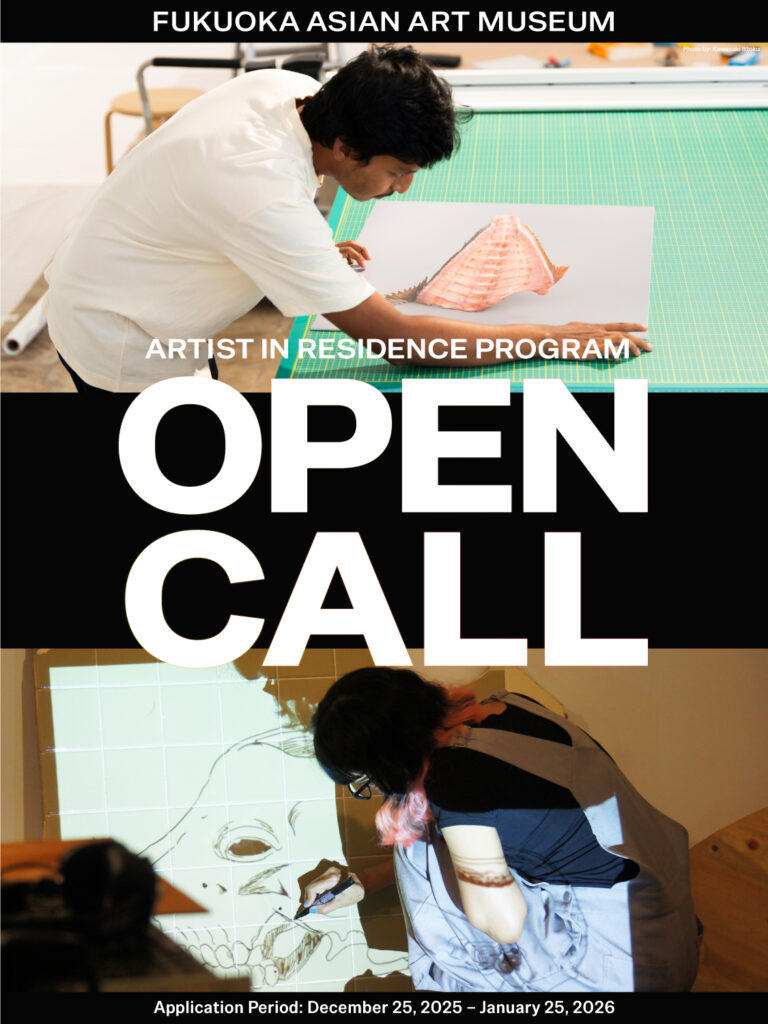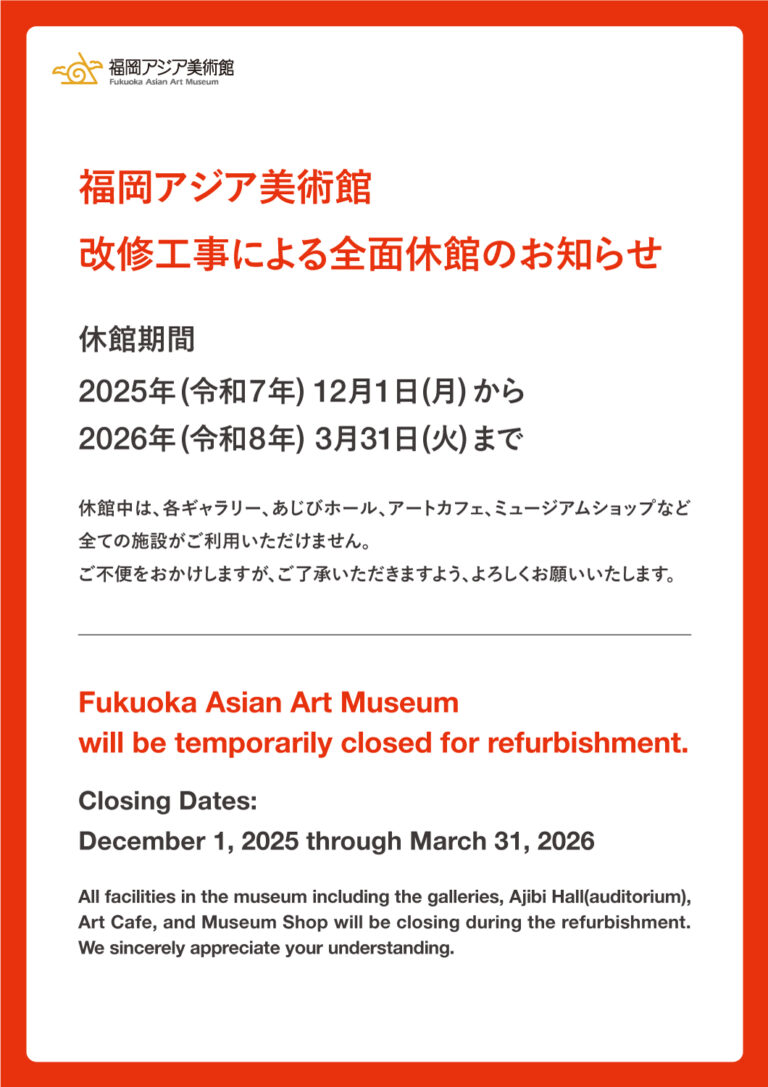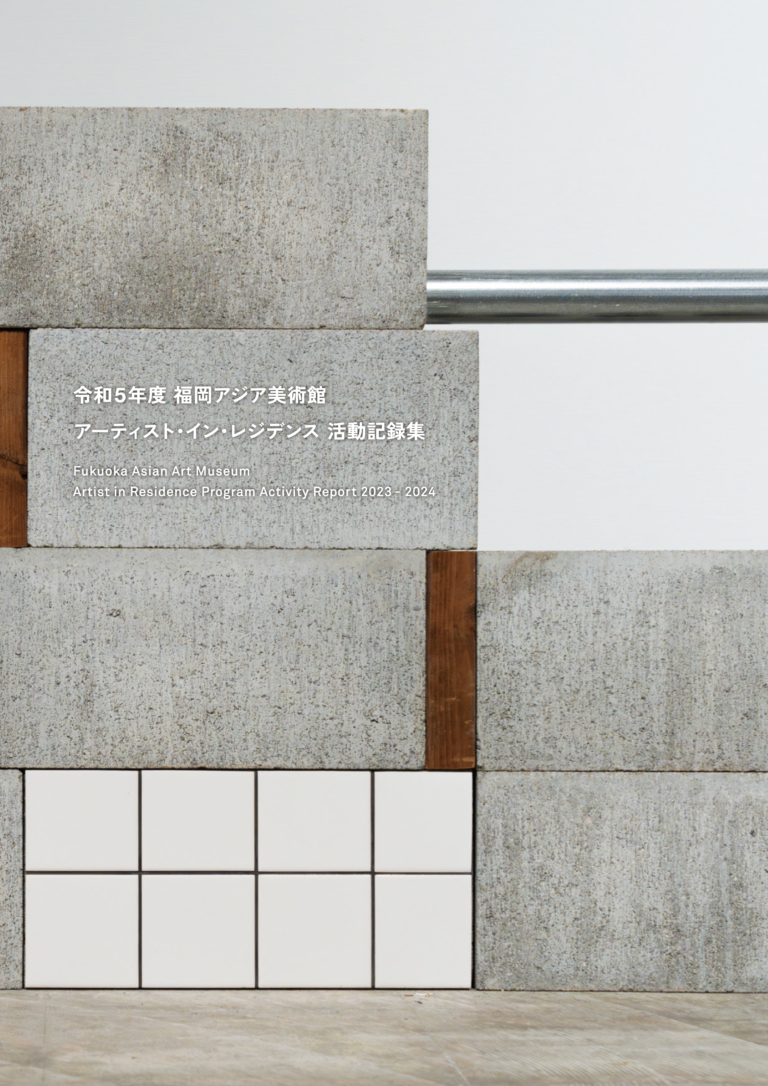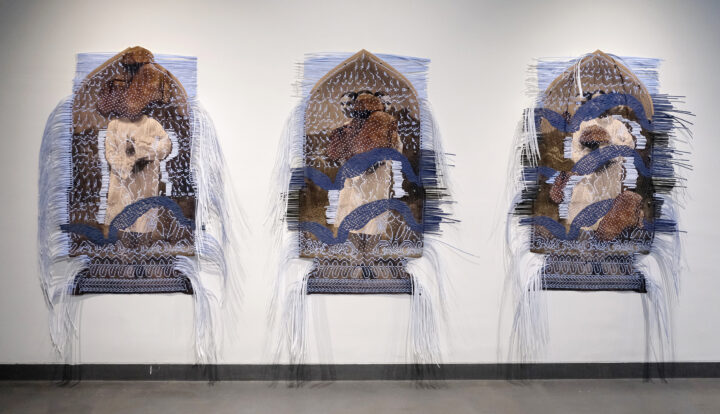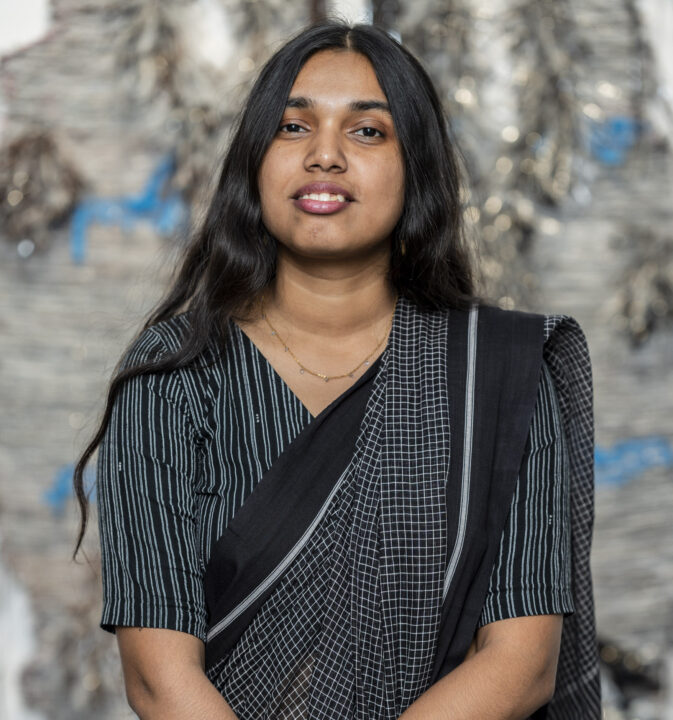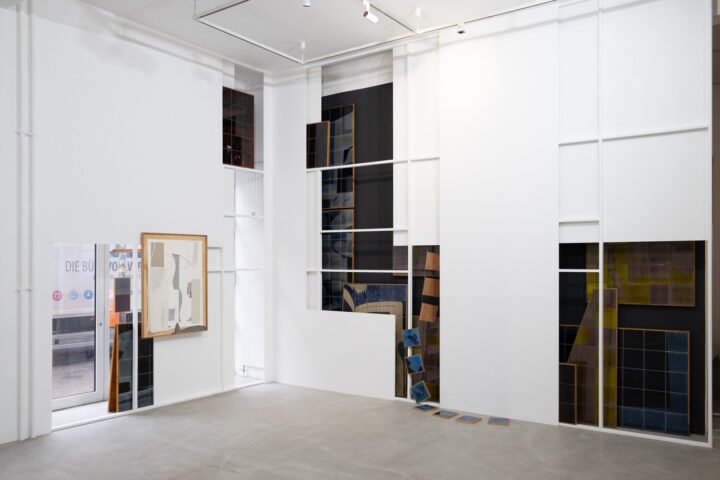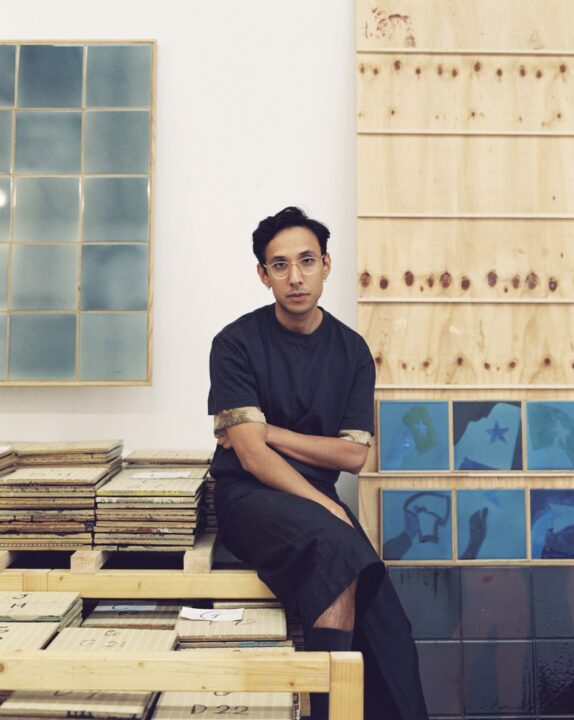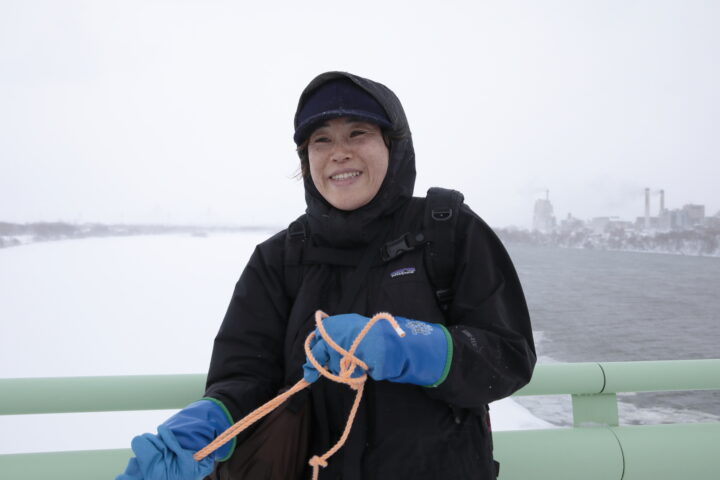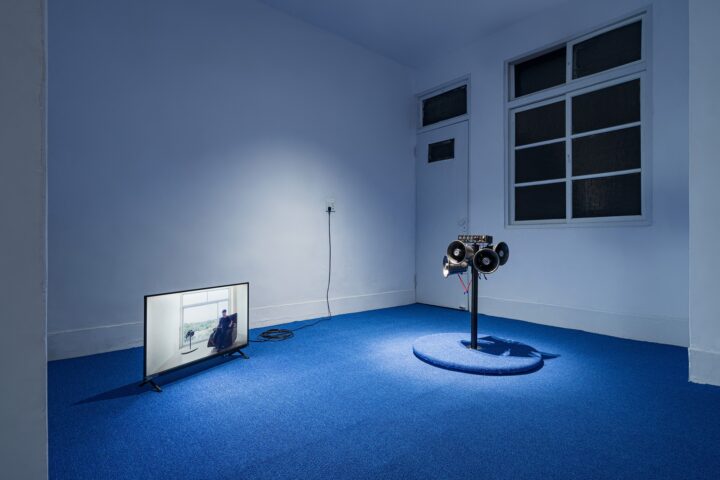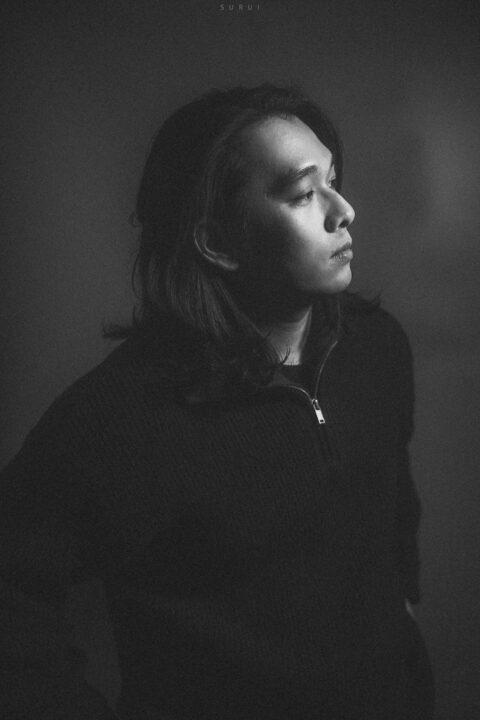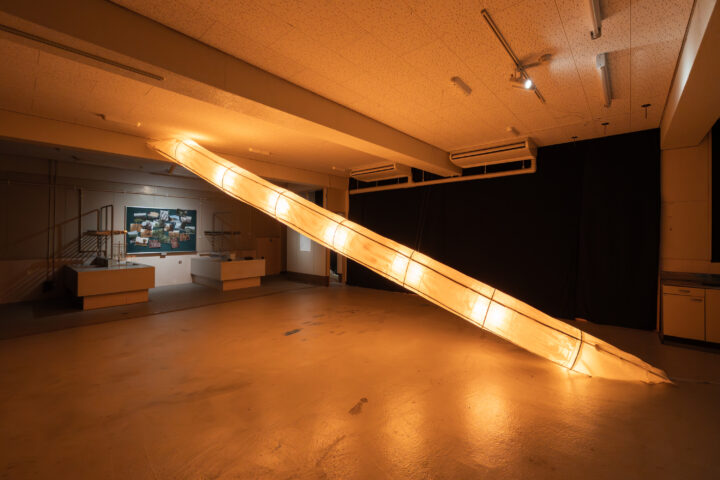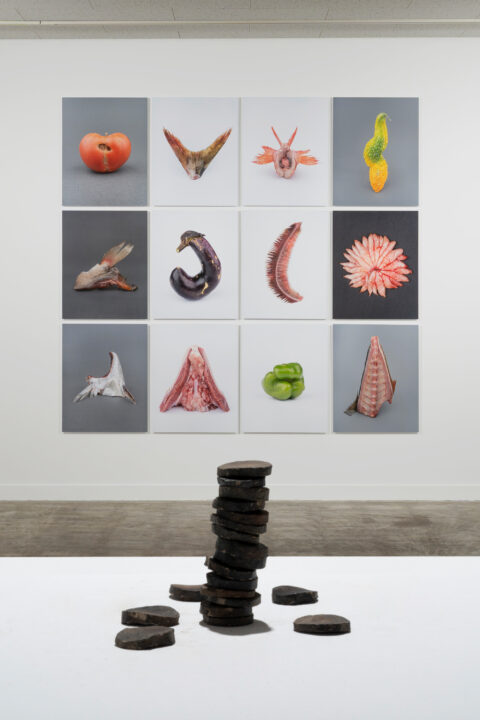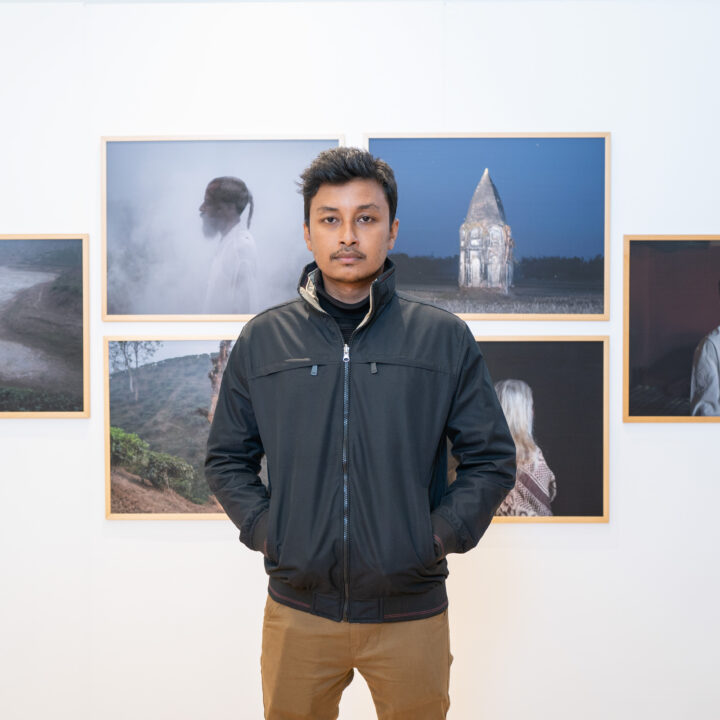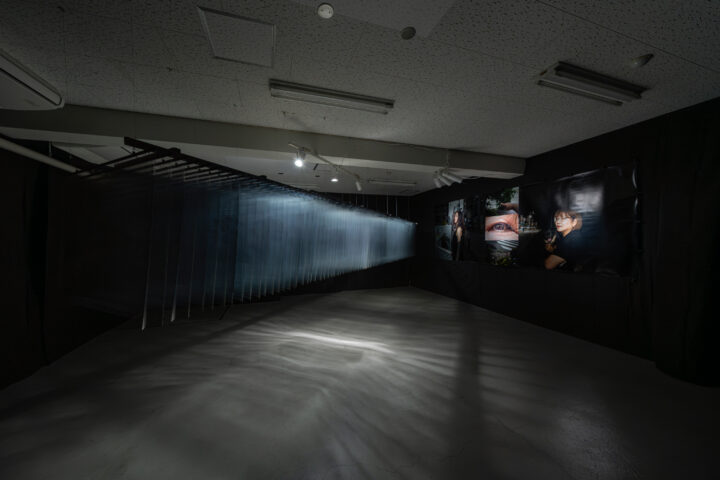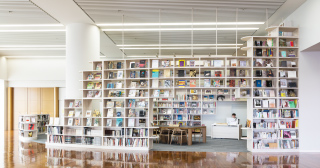- Closed
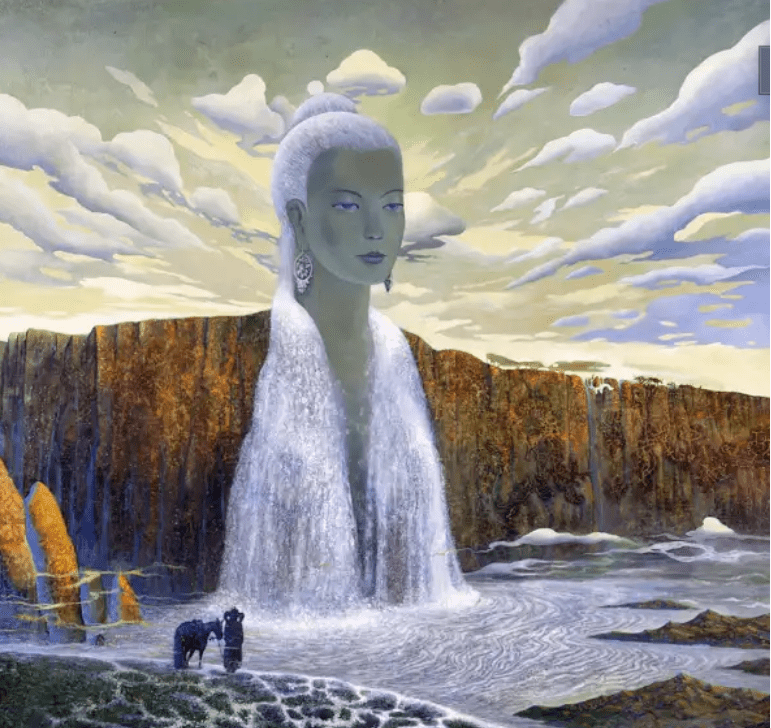

scroll
NEWS
-
Dec 16, 2025
Notice OPEN CALL for Artist in Residence Program for FY2026
-
Oct 22, 2025
Notice Free Admission Day (Asia Gallery and Exhibition Gallery) : November 3, 2025
-
Oct 22, 2025
Notice FAAM Collection on Loan (Fukuoka Art Museum 2)
-
Oct 22, 2025
Notice FAAM Collection on Loan (Fukuoka Art Museum 1)
-
Sep 18, 2025
Notice New Exhibition Added in the “Virtual Museum”
Current Exhibition
Fiscal Residence Program
FAAM invites Asian artists, researchers and curators to stay in the museum to engage in various exchange programs with the local community in Fukuoka.
Collection
FAAM's 5,000 collections from 23 countries and regions in Asia stand out in its amount and quality.

広報紙
あじびニュース
展覧会・交流事業のお知らせ、交流事業やアジア調査のレポート、アジア作家・研究者の近況紹介などを満載しています。
※館内で無料配布しています

